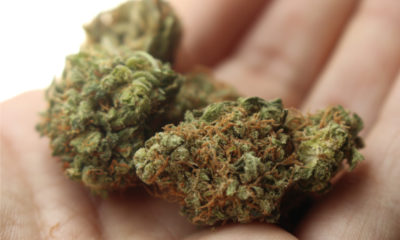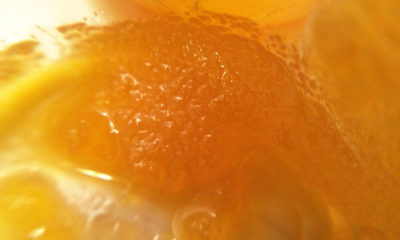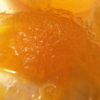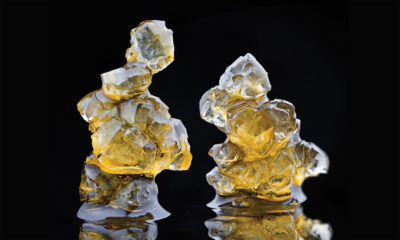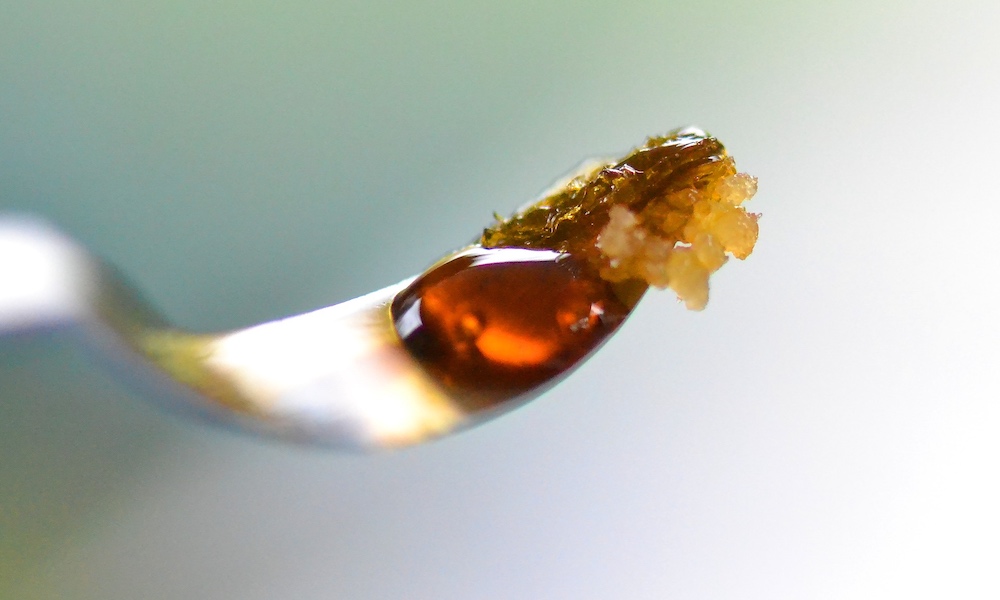
Concentrates
Got Terps? Cannabis Extracts Lack the Same Compounds as Flower
A new study says the biggest difference between cannabis flower and cannabis concentrates are what’s lost during the extraction process: terpenes, and also cannabinoids.
It can be easy to convince yourself that concentrated cannabis is cannabis, just more of it. You can argue that concentrates have more of the good stuff and less carbon-based plant material: More terpenes, more THC, more bounce to the ounce (or bam to the gram, whatever). Just taste that surge of limonene and feel the impact on your brain and body as that wave of 80% THC crashes over your consciousness and try to say otherwise!
But contrary to what your senses might tell you about concentrate superiority, science has spoken. And science says the extraction process, as sophisticated as it may be, removes significant active ingredients from the plant-based source material — including the material that, for most consumers, determines what strain is their favorite.
More to the point: If a Jack Herer CO2 cartridge has a different terpene and cannabinoid profile from Jack Herer flower, can the dispensary or brand selling the cartridge say honestly that it’s Jack Herer?
This is a question that’s been mulled over by researchers in and out of the cannabis industry. It was the subject of a white paper published by California-based Steep Hill Labs, one of the industry’s older and more established testing labs. It was also the focus of a research article published in the journal Planta Medica in 2018, written by a team of industry researchers affiliated with the Center for the Study of Cannabis and Social Policy, a Seattle-based cannabis-centered think tank.
A common answer to the extremely common question “What strain should I use?” is to let the nose decide: to smell a flower’s terpene profile and gauge by the potential user’s reaction whether they might enjoy smoking it. The reason why this works is obvious by now — it’s the flower’s terpene profile the user is judging.
About 60% of cannabis users say they apply the smell-test method when selecting their strain, according to the 2018 study in Planta Medica. That simply cannot be done with concentrates, for two reasons: You can’t crack open a CO2 cartridge to sniff the oil, and even if the dispensary let you destroy
For the Planta Medica article, a research team led by Michelle Sexton analyzed supercritical cannabis oil from six different chemovars. They used liquid chromatography to see how seven different cannabinoids and 42 different terpenes fared during the extraction process. And as they observed, “[t]he relative potencies of terpenoids and cannabinoids in flower versus concentrate were significantly different.”
Most pronounced was the loss of monoterpenes. This makes sense, as terpenes are “typically volatile molecules that evaporate easily,” as Steep Hill wrote in their white paper critiquing the Sexton study. But it also means that there was a significant difference in the end-consumer experience — the recreational experience, but also perhaps the medical effects, depending on the end user’s goal.
“The results identified a potential disconnect in the experience for whole-flower cannabis consumers and concentrate cannabis consumers,” Steep Hill wrote. That is, there may be a need for cannabis-product producers to explain to users that the Jack Herer concentrate is not just the Jack Herer they like in an easier-to-consumer form — it is a different product altogether.
“These results highlight the need for more complete characterization of cannabis and associated products, beyond cannabinoid content, in order to further understand health-related consequences of inhaling or ingesting concentrated forms,” as Sexton put it.
The study was published last fall, and it doesn’t appear that producers or dispensaries have adjusted — if they have acknowledged the study at all. There are some vape-oil cartridge product lines that advertise a more “true-to-the-flower” terpene profile, claims based on post-extraction add-backs of terpenes. At the same time, it’s not clear how close to the original profile the oil products are — or if they can hope to be the same thing at all.
Let’s try for an analogy. “One might liken the differentiation to ordering a regular soda and being given a diet soda — while it may look and taste similar, it’s not quite the same and isn’t what you thought you’d ordered,” as Steep Hill put it.
While Sexton’s study focused on supercritical CO2 oil, this is a universal problem among extracts, albeit to different degrees. “No extraction method has been proven to fully preserve the terpene profiles of cannabis in its flower form,” as Steep Hill wrote.
Extracts have slowly eaten away at flower’s market share for a few years now, a trend that does not appear to be slowing or reversing. This means more and more new and existing users’ cannabis experience will be with extracts — and it also means that their experience is something different from what the flower heads are getting. There’s no denying this, yet it’s not something the industry is widely acknowledging, in product packaging or product marketing.
TELL US, do you choose your cannabis based on its terps?









